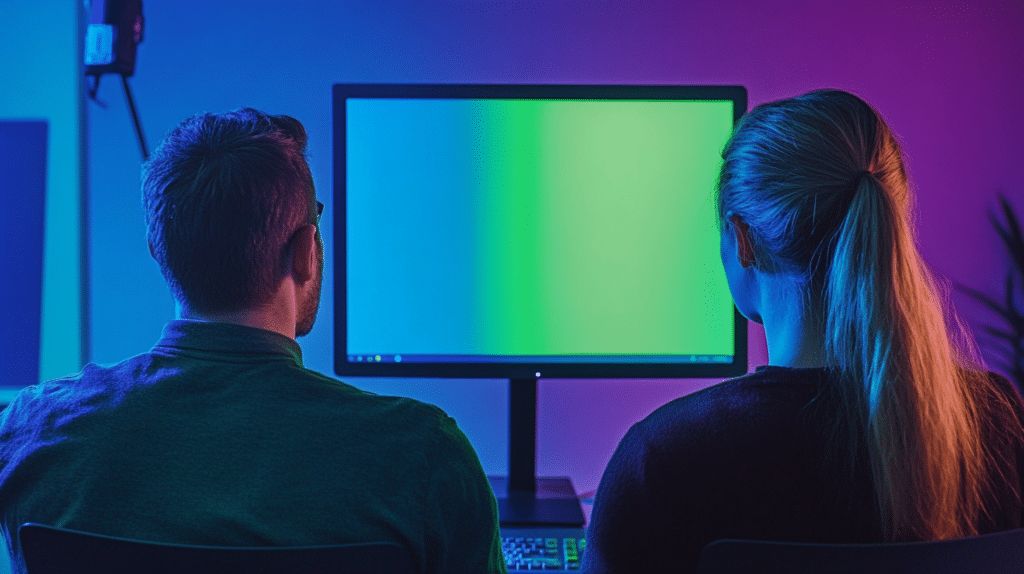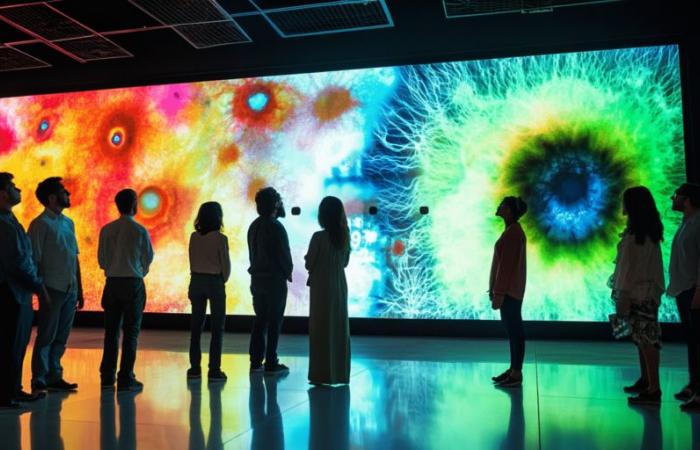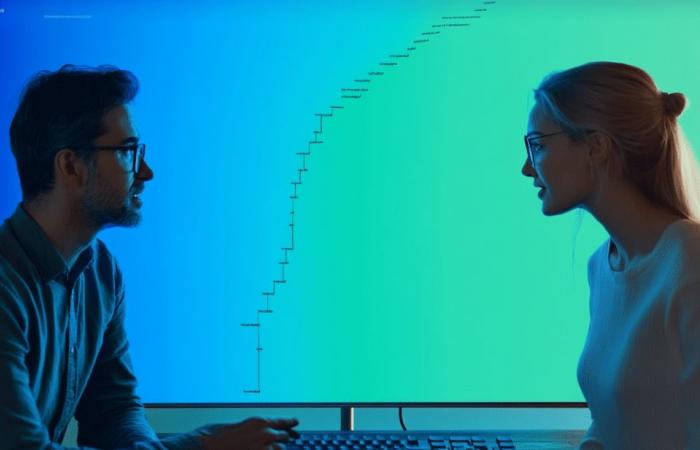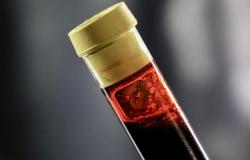A vision neuroscientist and his ophthalmologist wife turned an argument over a blanket into a viral phenomenon. With over 1.5 million visits, their interactive site offers a test to explore and question color perception.
It all started with a simple blanket. The Dr. Patrick Mineault, visual neuroscientist and his wife, there Dr. Marissé Masis-Solano, ophthalmologistdid not see the same color. He saw it as green, while she saw it as blue. To find out for sure, Mineault created an interactive web application, ismy.blue, which quickly captivated millions of internet usersThe site prompts users to determine whether they see green or blue through a series of color discrimination tests.
The application offers users to choose between green or blue by observing increasingly similar shades. After the test, it reveals where the participants’ perception of colors lies in relation to that of others.
” Do we all see the same colors? ” asks Mineault. It’s a question that has intrigued philosophers and scientists for millennia. The results show surprising differences.
Julie Harris, professor of psychology specializing in visual processing, explains that our eyes are equipped with retinal cells called cones. These cells help distinguish colors. However, how we name these colors or recognize them from memory remains unclear. So color perception is not just a matter of biology, but also of culture and language.


The impact of environmental conditions
The ismy.blue test was a success because it made a complex subject visual and accessible. But its results, although fascinatinghave their limits. Mineault points out that variations in viewing conditions, such as ambient lighting or device display settingscan influence color perception. Night modes on phones, for example, can make blues appear greener. To reduce these variables, he recommends take the test with other people on the same device.
Beyond its fun aspect, ismy.blue represents a form of citizen participation in science and brings the general public closer to scientific issues. Like projects such as Fold.it, which focuses on protein folding, or Sea Hero Quest, used for dementia research, these initiatives show how the contribution of non-specialists enriches research. The diversity of human experiences is valuable for science ” says Mineault.
Different visions, same colors?
Despite the popularity of ismy.blue, the initial question remains without a definitive answer. For Mineault and his wife, coverage will remain a point of disagreement. As soon as there is a little green, I call it green. ” says Mineault, while his wife persists in seeing blue. Their project demonstrates that our perception of colors, just like our opinions, can vary widely from person to person.


ismy.blue proves that science doesn’t always have to be insular. By engaging the public, it feeds on varied and surprising perspectives. A simple argument over a blanket thus opened the way to a collective exploration of our differences. It marked a small step towards a broader understanding of the mysteries of our perception.
Share the article:
Facebook
LinkedIn
Our blog is reader-powered. When you buy through links on our site, we may earn an affiliate commission.









